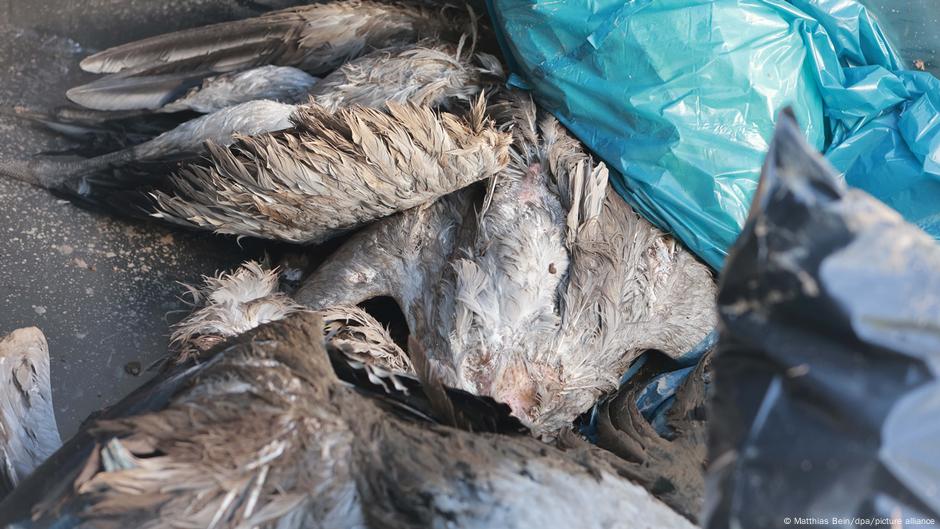
"The current circulating "clade" of H5N1, which is mainly carried by birds, is highly pathogenic, meaning it can cause severe avian influenza (or bird flu). Though H5N1 was first detected in the mid-1990s, outbreaks have only occurred annually since 2020. H5N1 is now present on every continent, including Antarctica, and continues to concern health authorities, disease scientists and wildlife specialists."
"In Germany, major farm culls half a million chickens, ducks, geese and turkeys, as well as thousands of livestock have taken place to prevent the disease from spreading further. Denmark and the Netherlands have taken similar action to remove thousands of infected birds, and nearby countries, such as Belgium and France, have been forced to take protective action to prevent farm stock becoming exposed. Biosecurity workers in Germany have been removing hundreds of cranes that have died from H5N1 influenzaImage: Ralf Hirschberger/AFP"
"It is fall in the Northern Hemisphere, so migratory bird populations are beginning their annual journeys to warmer climates in the Southern Hemisphere. Because flocks make stopovers to rest on their long journeys, they come into contact with other local, wild and farm birds. But these bird migrations started earlier this year, and more species, such as migratory cranes, have been infected with the H5N1 disease. This has increased the chance of poultry becoming infected, especially when sick birds die nearby."
Highly pathogenic H5N1 is driving rising bird flu cases across the Northern Hemisphere as migratory birds begin seasonal movements. The current H5N1 clade has produced annual outbreaks since 2020 and is present on every continent, including Antarctica. Large-scale culls in Germany, Denmark, and the Netherlands and protective measures in neighboring countries aim to limit spread. Dead and infected wild birds, including migratory cranes, raise transmission risk to poultry during stopovers. Earlier and broader migrations this year have increased farm exposure. Wild birds now carry infections year-round, intensifying biosecurity pressures on farmers and public-health authorities.
Read at www.dw.com
Unable to calculate read time
Collection
[
|
...
]